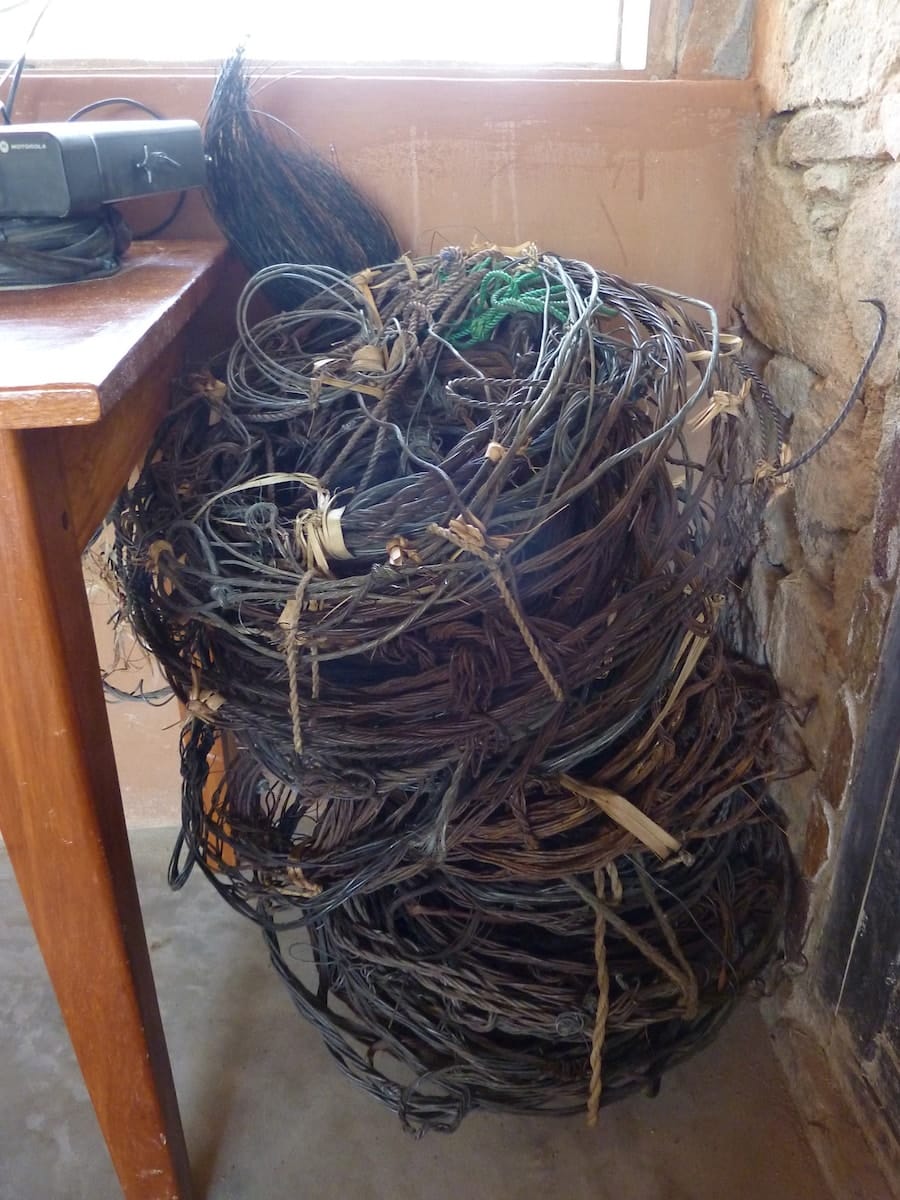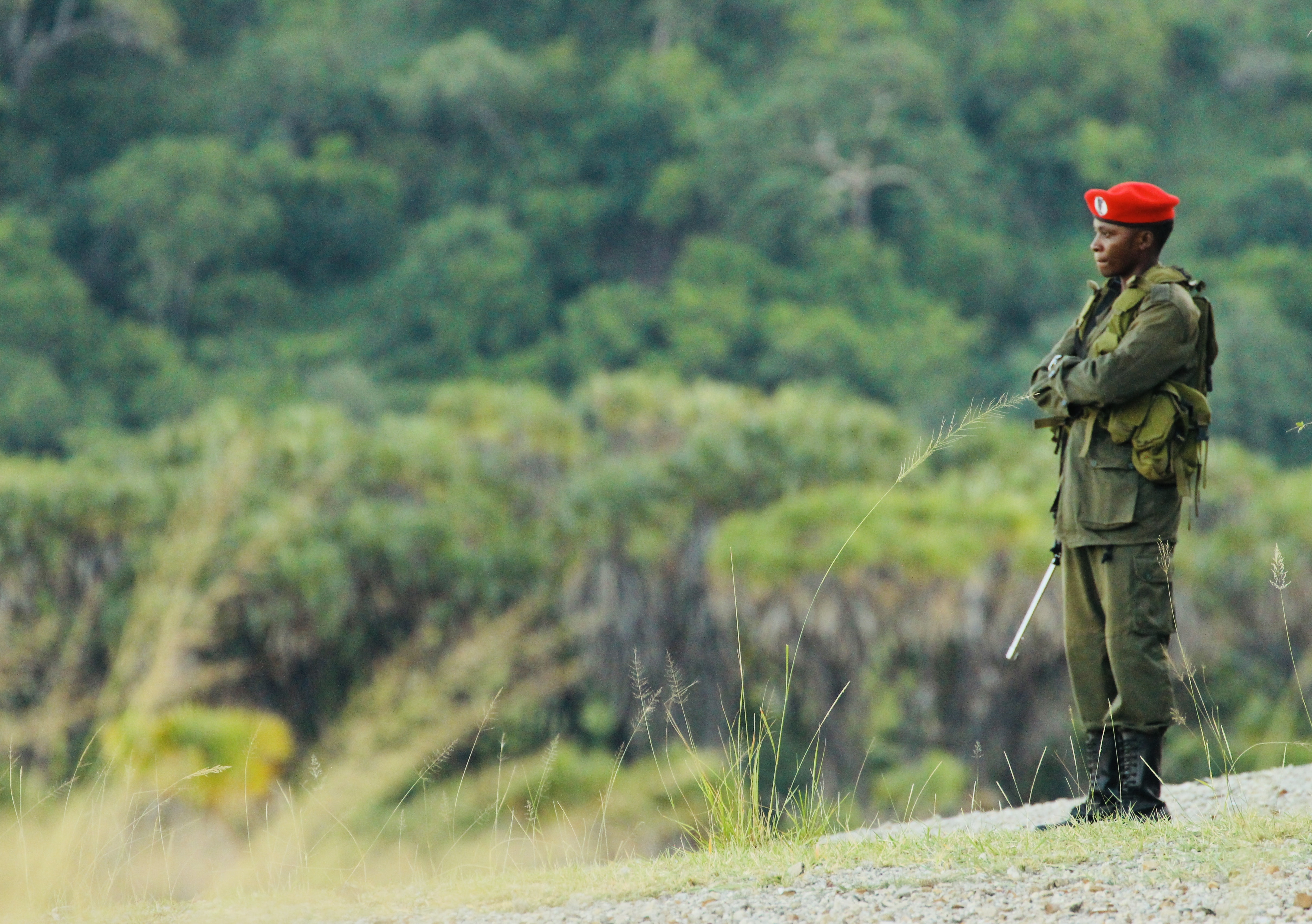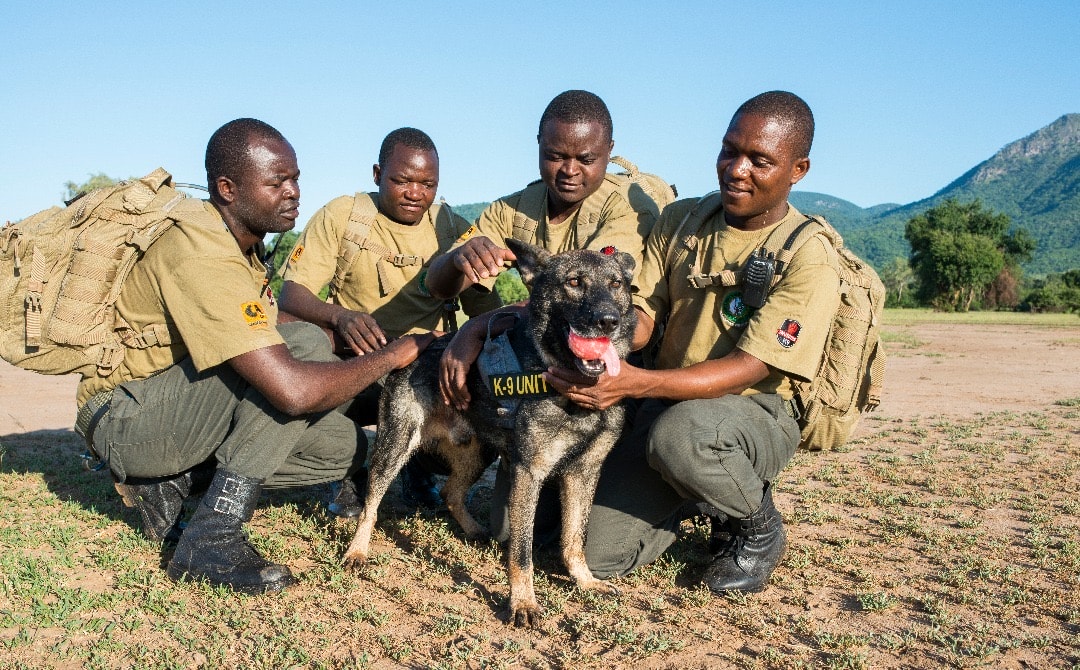Bushmeat poaching is one of the most serious threats facing wildlife in Africa today. But what is it and how does it affect lions? Bushmeat poaching is the illegal hunting of wildlife for meat, either for local consumption or for sale. Such hunting is often illegal because it is done within protected areas, without a license, with the use of prohibited traps and snares, or a combination of these reasons.
Bushmeat poaching is a complicated issue because people have hunted wildlife for consumption for millennia in Africa. Over time, human populations have grown exponentially while wildlife populations have dwindled dramatically. This means that harvesting wildlife for bushmeat, even for home consumption, is typically unsustainable in the modern era. An exception to this is when hunting is focused on species that are very small and fast reproducing, such as can rats (also known as ‘grass cutters’), or when wildlife is ranched and then harvested sustainably. Increasingly, hunting for bushmeat is not done for domestic household consumption, but for commercialized trade to urban centers in Africa and even overseas. To make matters worse, the methods used by hunters are extremely wasteful. The wire snares and gin traps (also known as bear traps) set to catch wildlife for meat often kill far more animals than the poachers intend, and frequently animals are left to rot in snares and traps without ever being collected. Snares and traps are unselective and kill a wide range of species, including non-target animals.
Lions are affected by bushmeat poaching in three ways. Firstly, bushmeat poaching reduces prey populations for lions. Lion population densities are closely related to the densities of their preferred prey, and as prey populations wane, lion populations follow in short order. Secondly, lions are often trapped and killed in the snares that are set for buffaloes and antelope. Lions range widely, are of a similar height to the target animals, and are attracted to rotting meat in snare lines – thus making them susceptible to being caught themselves. A ‘snare line’ is where wire snares are set in a batch in a relatively small area, for example on paths around a water hole. Thirdly, snares and traps inflict slow and agonizing deaths for the animals trapped, and can leave grievous wounds on the lucky few that escape. Lions are often seen with terrible wounds as a result of being trapped, sometimes even missing paws.





